Renewing Our Understanding of the Osteopathic Philosophy
Free eBook & Mini Lecture Series! Earn One Hour of Free CME!

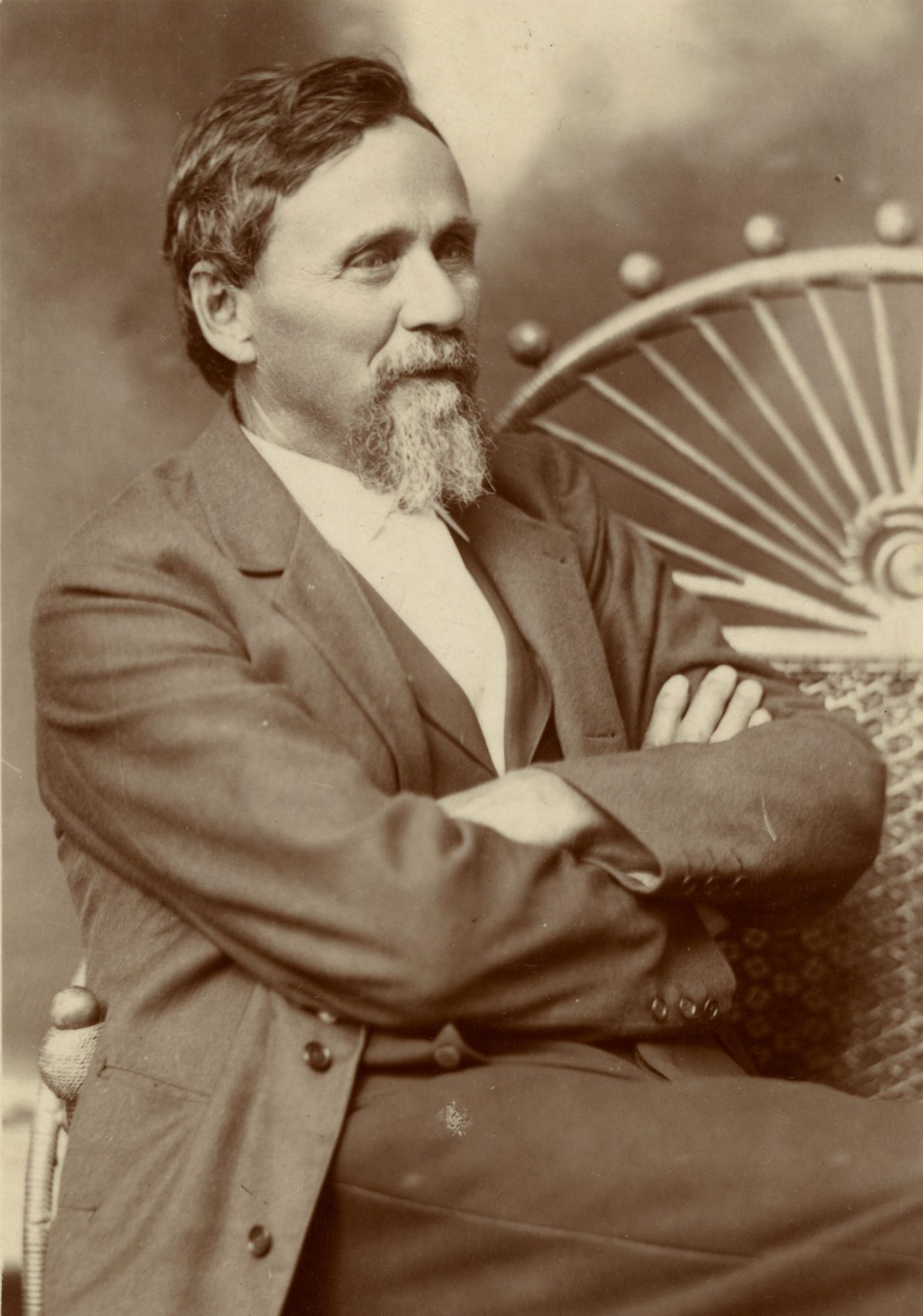
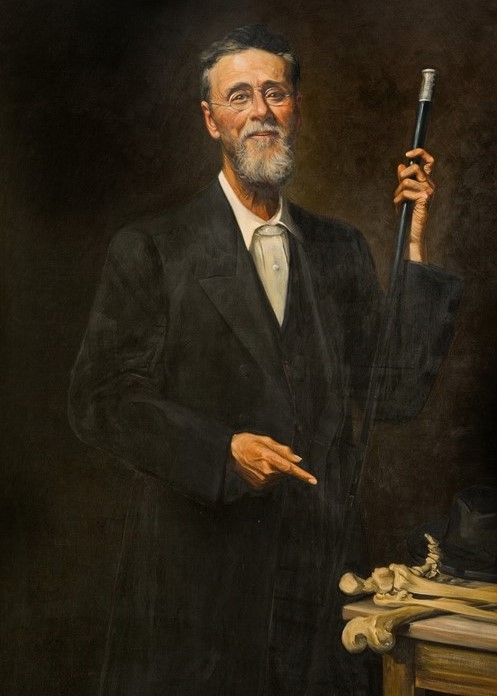


Ever struggle with explaining what it means to be a DO?
Many wider factors in health care, including the expanding scope of practice for other providers, require DOs to specifically identify themselves as a unique profession, to remain evidence-based but not get lumped in with other providers. By presenting themselves with a unified voice on policy issues such as reimbursement and the number of available residency and fellowship spots, DOs will ensure a vibrant and unique future in medicine.
Beyond a strong advocacy presence, AOMA is pursuing this goal by “Returning to Our Roots,” reviewing how the DO profession began with the philosophy of A.T. Still, which was the focus and theme of the 2023 AOMA Annual Conference.
With all the challenges of modern medical practice and your busy schedule, now might not be a good time to really explore what underpins the DO degree. But should the opportunity come when you are able to return to your professional roots, know that the door is always open at AOMA to join your State Association and strengthen our profession by adding your voice.
Explore this unique mini-lecture series and the e-book with a new approach to understanding our roots in evidence-based osteopathic philosophy! Spread the word and share with your colleagues, family, friends, or anyone else who might find it of interest.
The Time to Act Is Now
Excerpt below from AOMA 2023 – Evidence-Based Osteopathic Philosophy – An Inductive Paradigm of Medicine by James F. Keane, DO, MEd, FACOI, FACP.
“DOs have a valuable opportunity to reinvigorate their professional identity and start a new journey forward into a flourishing future. In the past decades, DOs have successfully expanded their profession by embracing evidence-based medicine, increasing the annual number of DO graduates and participating in the same residency and fellowship programs as MDs. However, in focusing on these goals, the Osteopathic profession may have lost touch with their professional identity which is rooted in historical Osteopathic philosophy. A sense of identity is essential to a sense of wellbeing, of health, within both individuals and professions. When something has lost touch with its identity it is no longer aware of itself, no longer can care for itself, doesn’t know if it is healthy or sick.”
Mini-Lecture Series – Earn One Hour of FREE CME Credit
Part 1 – Intro – An Evidence-Based Story of Life and Osteopathy
Part 2 – Life – An Evidence Based Story of Life and Osteopathy
Part 3 – Health – An Evidence-Based Story of Life and Osteopathy
Part 4 – Morbidity – An Evidence-Based Story of Life and Osteopathy
Part 5 – Healing – An Evidence-Based Story of Life and Osteopathy
Part 6 – Death – An Evidence-Based Story of Life and Osteopathy
Part 7 – Summary – An Evidence-Based Story of Life and Osteopathy
CLICK HERE to complete your attestation for one hour of CME.
About the Author
James F. Keane, DO, MEd, FACOI, FACP. is an Assistant Professor at A.T. Still University’s School of Osteopathic Medicine Arizona and serves as the President-Elect of the Arizona Osteopathic Medicine Association. Dr. Keane earned an undergraduate degree in creative writing from Columbia College in Chicago, a Master’s Degree in Higher Education from Arizona State University, and a Doctor of Osteopathic Medicine degree from the Arizona College of Osteopathic Medicine, Midwestern University. Dr. Keane enjoyed a wide array of employment and professional experiences prior to attending medical school including professional writing, several roles in higher education, work as a legislative analyst and as a lobbyist, and others. He is board-certified in Internal Medicine and Integrated Holistic Medicine and was named a Fellow of both the American College of Osteopathic Internists and the American College of Physicians. Dr. Keane has no disclosures.
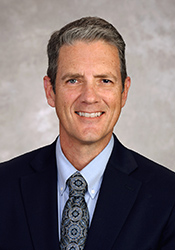
Accreditation
The Arizona Osteopathic Medical Association (AOMA) is accredited by the American Osteopathic Association (AOA) to provide osteopathic continuing medical education for physicians.
The AOMA designates this program for a maximum of 1.0 hour of AOA Category 1-A credits and will report CME and specialty credits commensurate with the extent of the physician’s participation in this activity.
The Arizona Osteopathic Medical Association (AOMA) is accredited by the Accreditation Council for Continuing Medical Education (ACCME) to provide continuing medical education for physicians.
The AOMA designates this live activity for a maximum of 1.0 AMA PRA Category 1 Credits™. Physicians should claim only the credit commensurate with the extent of their participation in the activity.
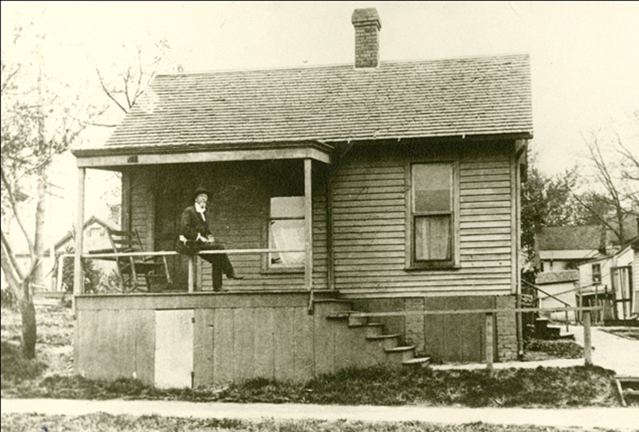
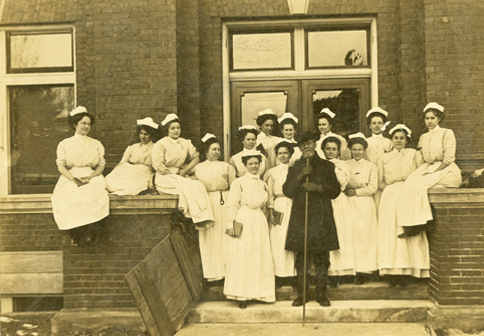


Historical photos courtesy of the A.T. Still University Museum of Osteopathic Medicine, Kirksville, Missouri.
